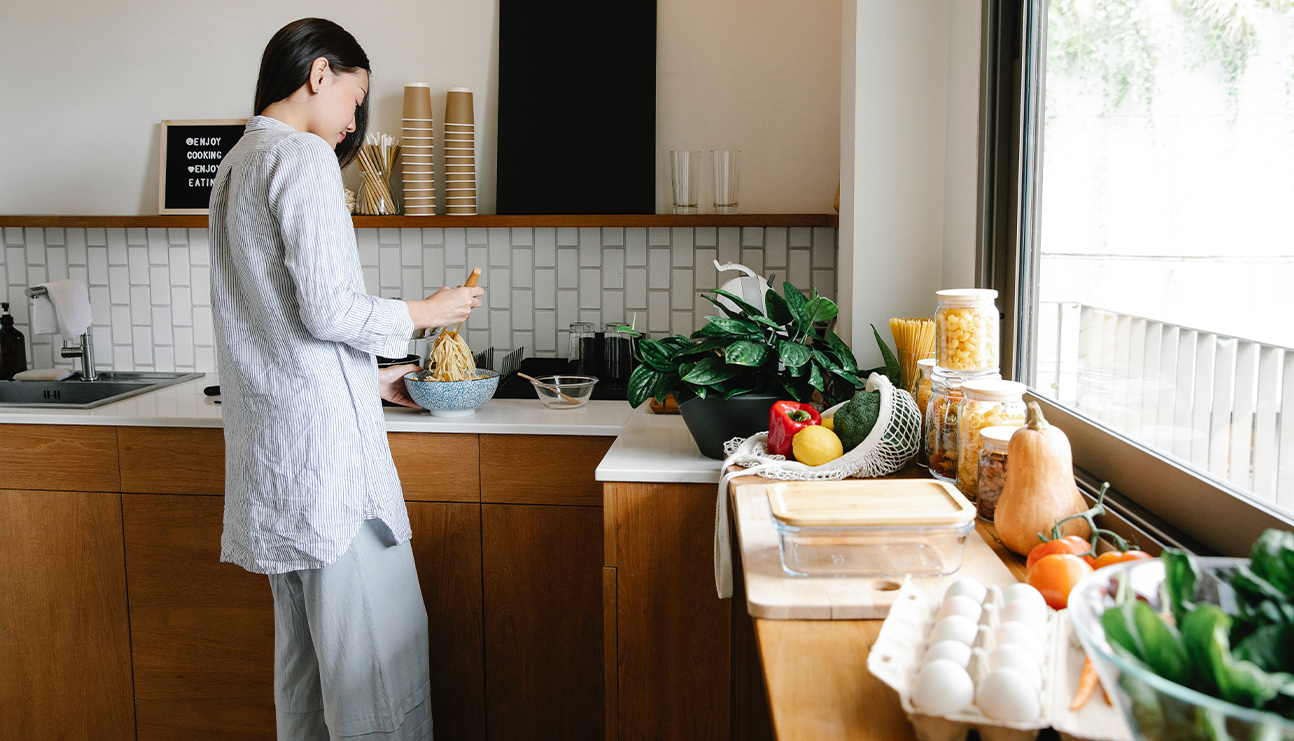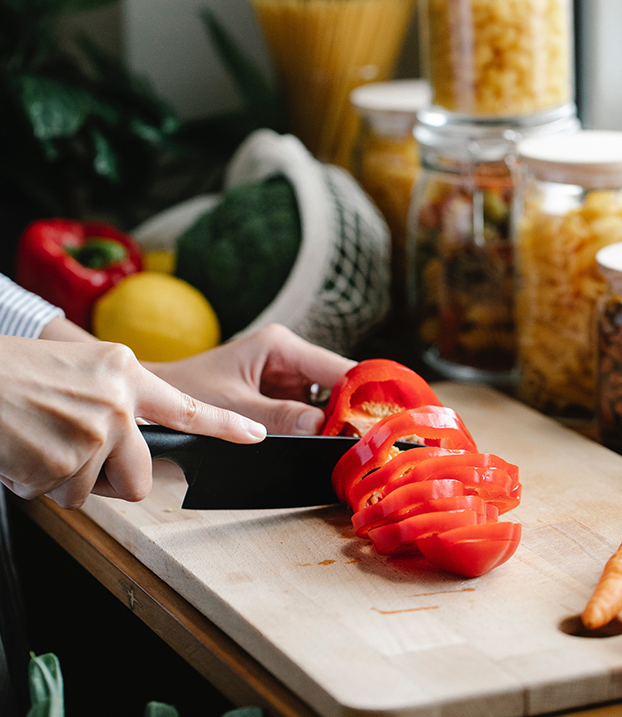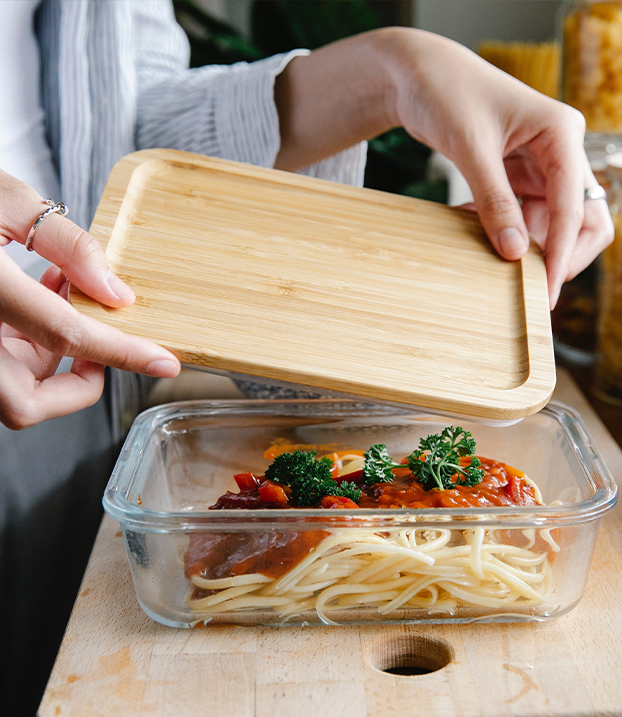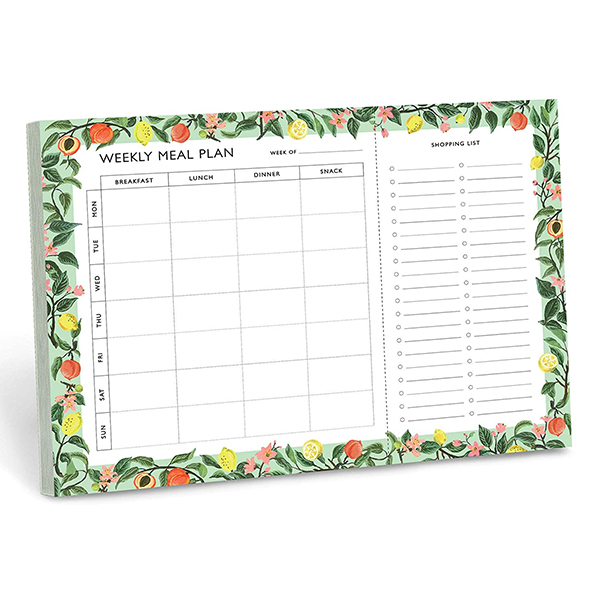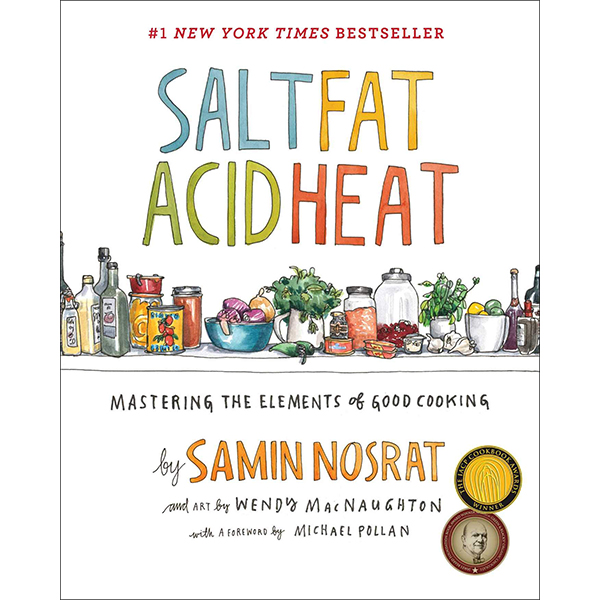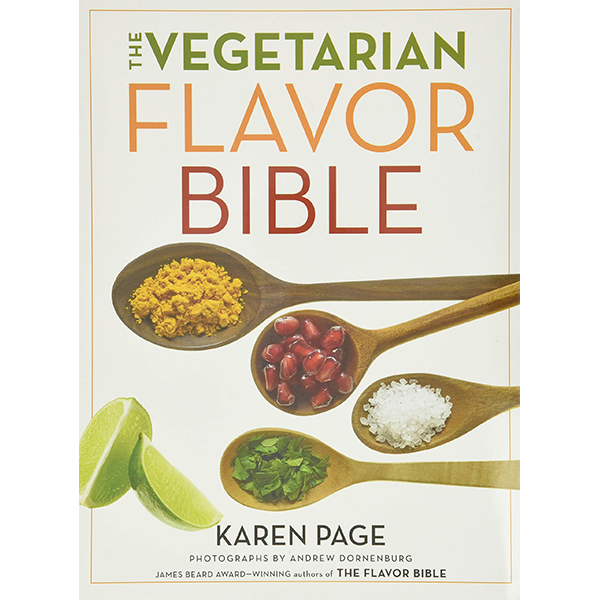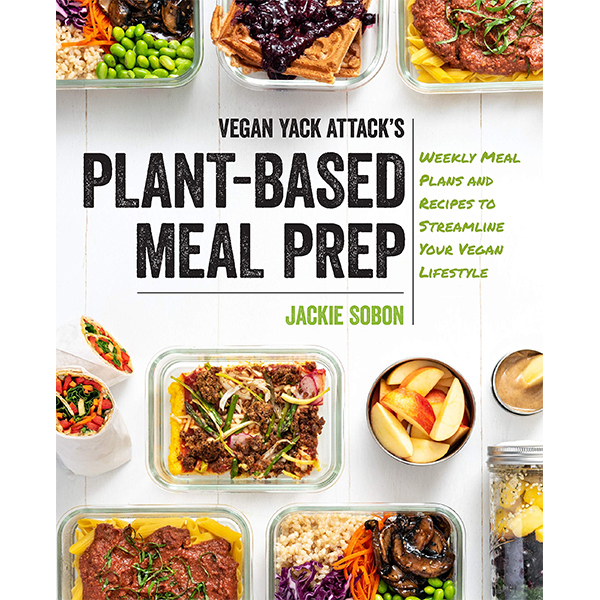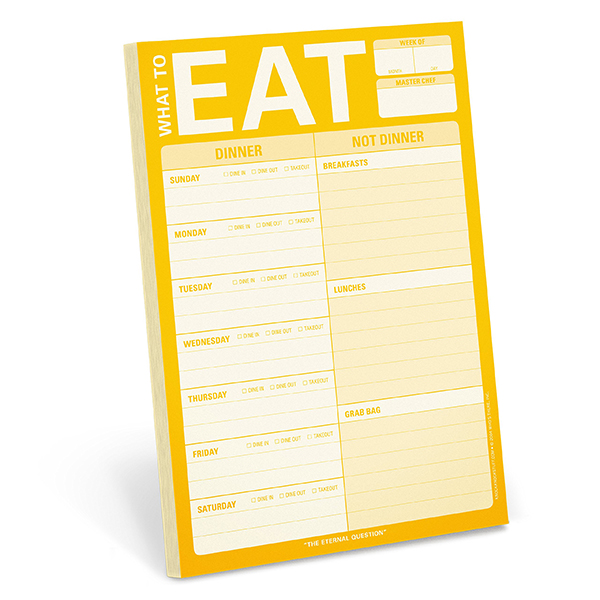A Plant-Based Guide to Meal Planning
MAED Editors
Is meal planning your most dreaded chore? Do you avoid it altogether and panic every day as dinnertime approaches, then end up getting carryout or making a box of mac and cheese (again)? You’re not alone, but the good news is that you can teach yourself to be a meal planner and take the stress out of getting dinner on the table every night.
Create a Meal Planning Routine
The first thing you need to do is create a routine that will work for you. If you’re a working mama, this might mean getting up before the kids on Saturday morning to assess your fridge and pantry (more on that below), figure out meals, and create a shopping list. This step seems to be daunting for a lot of people, but it shouldn’t take more than an hour—and once you get in a good groove, it will take even less time. Buy yourself a pretty meal planning notepad to keep yourself organized.
Start With What You Have
Look through your refrigerator, freezer, and pantry every week before you start planning meals. What’s about to expire? Do you have veggies that are going south? Way too many boxes of pasta taking up space in the pantry? Are you a member of a CSA and have a box full of produce to use up? Shop your kitchen before you shop the grocery store and you’ll reduce the amount of food you waste and free up valuable space in your kitchen.
Choose Recipes…
With your list of ingredients in hand, you can start looking for recipes. Prioritize finding recipes for anything that’s going to go bad this coming week, and try to find recipes that contain as many of the ingredients you have on hand as you can. Most recipe websites will allow you to search for recipes by ingredient and if you have a lot of cookbooks at home, you can do the same by looking up ingredients in the index.
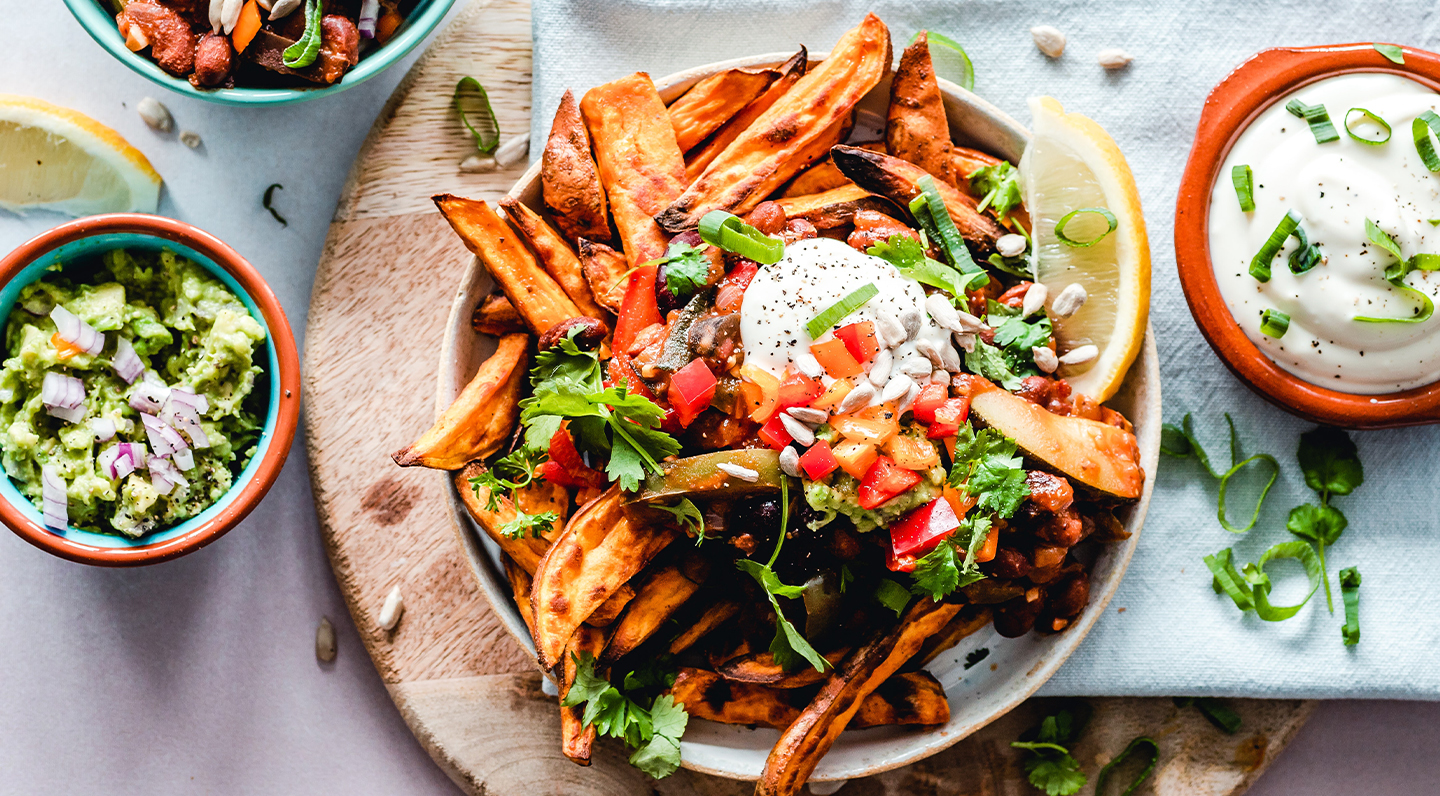

…Or Learn to Cook Without a Recipe
If you want to make meal planning really easy, learn to cook without recipes. Then, you can take what you have and make it into a meal. Tacos, salads, meal bowls, pizza, pasta, and stir fries are all totally doable without referring to a recipe—the best way to teach yourself to cook is to just start experimenting in the kitchen and learn as you go. Buy Salt, Fat, Acid, Heat and The Vegetarian Flavor Bible, both of which will help you master the basic building blocks of cooking so you can become comfortable putting together your own meals.
Be OK With (Repurposed) Leftovers
When you need to plan a full week of meals for your family, leftovers are essential. It gives you a day off of cooking and means your shopping list will be a little bit shorter. Learn to love leftovers! If you have leftover haters in your family, then learn to repurpose leftovers. Yesterday’s vegan chili can top baked sweet potato fries today; the pita bread you used to make falafel sandwiches one day can be used as a crust for personal pizzas the next. Or, take things to the next level and do meal prep—make big batches of vegetables, grains, sauces, and proteins and use them all week long in different ways.


Some of Our Favorite Plant-Based Meal Planning Ideas
Here are some of my family’s favorite no-recipe-required meal prep ideas:
Start With:
A big pot of black beans
Fajita-style veggies
Vegan sour cream or cashew crema
Cilantro
Guacamole
Make:
Nachos (add tortilla chips)
Tacos (add tortillas)
Burrito bowls (add brown rice and lime wedges)
Start With:
Assorted roasted vegetables (about 2 sheet pans worth)
Make:
Roasted Veggie Pizza (add crust, sauce, your favorite plant-based cheese, a drizzle of balsamic glaze)
Polenta with Roasted Veggies (add polenta, a drizzle of high quality olive oil)
Pasta with Roasted Veggies (add pasta, sauce, your favorite plant-based sausage)
Start With:
Falafel
Hummus
Tahini Sauce
Lettuce
Tomatoes
Pitas
Make:
Falafel Salad (add your favorite salad veggies)
Falafel Wraps
Mediterranean Bowls (add quinoa or another grain)




